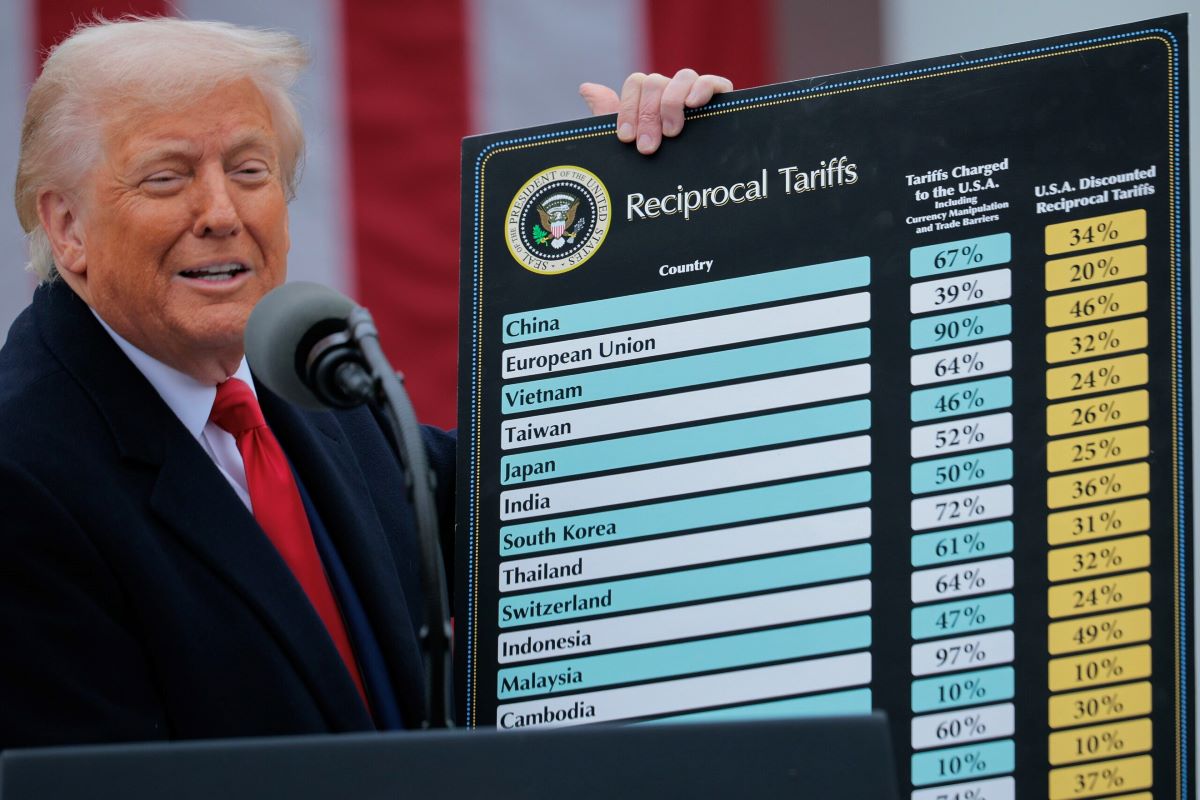Ethereum's Value Drops 17.94% as ETH/BTC Ratio Hits 5-Year Low
Ethereum (ETH) has been experiencing a challenging period, with its value declining significantly against Bitcoin. The ETH/BTC ratio has dropped to 0.02260, marking the lowest level in the past five years. This decline has sparked intense discussions among investors, with some believing that Ethereum’s dominance has weakened as more users and developers shift to Layer-2 solutions, which reduce activity on the main network.
Ask Aime: What is behind Ethereum's price drop against Bitcoin?
However, others argue that ETH still holds strong long-term potential, particularly as staking continues to grow and upcoming network upgrades could enhance its functionality. The current price of Ethereum is $1,894, which is 5% lower than last week and has declined by approximately 17.94% from last month. This drop has intensified debates about Ethereum’s future, with some investors expressing concerns about its sustainability and reliability.
The biggest challenge Ethereum is currently facing is the massive drop in transaction fees, which have declined by 99% over the past six months. This decline is primarily due to the rise of Layer-2 scaling solutions, which handle transactions off-chain to make them faster and cheaper. While this benefits users, it raises concerns about Ethereum’s long-term financial sustainability, as the main network is earning far less in fees. nic Carter, a crypto analyst, has stated that Ethereum’s current state is not in the right condition and could fall from its current position, potentially leading investors to lose interest. Many projects are now launching their independent networks instead of relying on Ethereum’s infrastructure.
Investment banks are taking note of Ethereum’s struggles. Standard Chartered has recently reduced its ETH price target from $10,000 to $4,000, indicating a shift in institutional investors’ sentiments. However, some experts believe that Based Rollups—a new form of Layer-2 scaling solution—could help Ethereum regain lost value by redistributing fees more effectively to the main network. Crypto analyst Adam Cochran has suggested that these rollups can “fundamentally change Ethereum’s structure,” allowing the network to recover some of its lost transaction fees and maintain its position and dominance in the market.
Ethereum has been facing growing concerns about its performance and future. The ETH/BTC ratio has hit its lowest level in nearly five years, and Ethereum’s fee revenue has plummeted by 99% over the past six months. These factors have divided investors’ sentiments, with some believing that Ethereum has lost its dominance, while others argue that ETH still has strong long-term potential if it can adapt to market shifts. While Layer-2 solutions have helped reduce congestion and lower transaction fees, they have also cut into Ethereum’s primary revenue source, raising concerns about the network’s sustainability.
Meanwhile, competition is growing. Many new projects are launching independent blockchains, reducing Ethereum’s role as the go-to smart contract platform. Nic Carter described Ethereum’s situation as being “buried in an avalanche of its tokens,” meaning that instead of strengthening Ethereum’s ecosystem, many projects are choosing to create their own networks rather than relying on Ethereum’s infrastructure.





